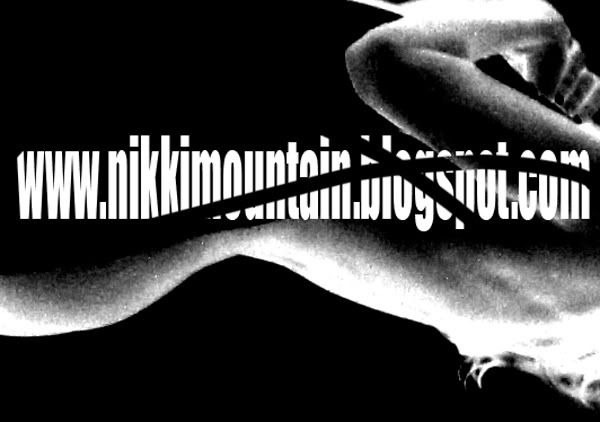Art as a State of Mind
Paras Kaul really lets you know what's on her mind.While most artists use paint brush on canvas or another medium to get concepts across, Kaul expresses her ideas with a brain-wave interface.
She's been experimenting with the technology for years and appears poised for a breakthrough. Her newest creation, Peace Streams -- a combination of poetry, music, graphics, video and hypnosis technique -- debuts on August 1 at the Kennedy Center for the Performing Arts in Washington, D.C.
Kaul's interest in this kind of work was sparked in her teens, during the 1960s. Her father, a psychologist, taught her how to induce altered states of consciousness through hypnosis. After attending the Art Institute of Chicago, Kaul began researching how artists could more easily self-induce an alpha state, that level of consciousness believed to be optimal for creativity.
"It's the best state," Kaul said. "You're so balanced. You're connected with the real world, but with higher consciousness as well."
In creating her work, which has been exhibited at SIGGRAPH and other major graphics shows, Kaul consciously tries to enter an altered state. But she thinks she can go even further.
Attending a recent trade show, Kaul saw a demonstration from IBVA Technologies that let musicians send their brain waves to synthesizers and make music.
Kaul reasoned that this technology –- a headband with three electrodes, connected to a computer which reads and sends brain waves to PCs and other devices -– could be used to create other forms of art, including visual art.
"I knew I had to have that," she said. "And I didn’t even have a computer (at home) at the time."
To create the Peace Streams project, Kaul used an array of Macintosh computers, including a G4 and Titanium. After writing the poem conventionally and typing it into the computer, she turned inward on herself.
Kaul thought about the poem, which in turn produced brain wave images, based on her emotions, that were captured and edited using special software. Separate audio and graphical tracks were composed.
Now they've been remixed for the Kennedy Center performance, said Kaul, where hers will be part of a 60-minute show featuring artists who took part in the Sonic Circuits competition. The "concert," as organizers are calling it, will be free.
With the Kennedy Center show, Kaul's work may finally be hitting the big time. She is preparing a proposal for the National Science Foundation to study learning methods through the use of brain waves. In this, she has a collaborator, William F. Reeder, dean of the College of Visual and Performing Arts at George Mason University.
"Paras is a unique talent," says Reeder. "Using brain waves, the activity of her mind, to create new expression is really innovative. It's a whole new canvas. It's very exciting. It's a way of escaping gravity, so to speak."
Nor will Kaul be done experimenting with brain waves anytime soon. In fact, she considers herself not just an artist, but a "neural artist researcher." Her goal is to work in multimedia education development.
"Some day, we will all be communicating non-verbally," said Kaul. "When that happens, our communications will be much more truthful and emotional."
written by Gene J. Koprowski




0 Comments:
Post a Comment
<< Home